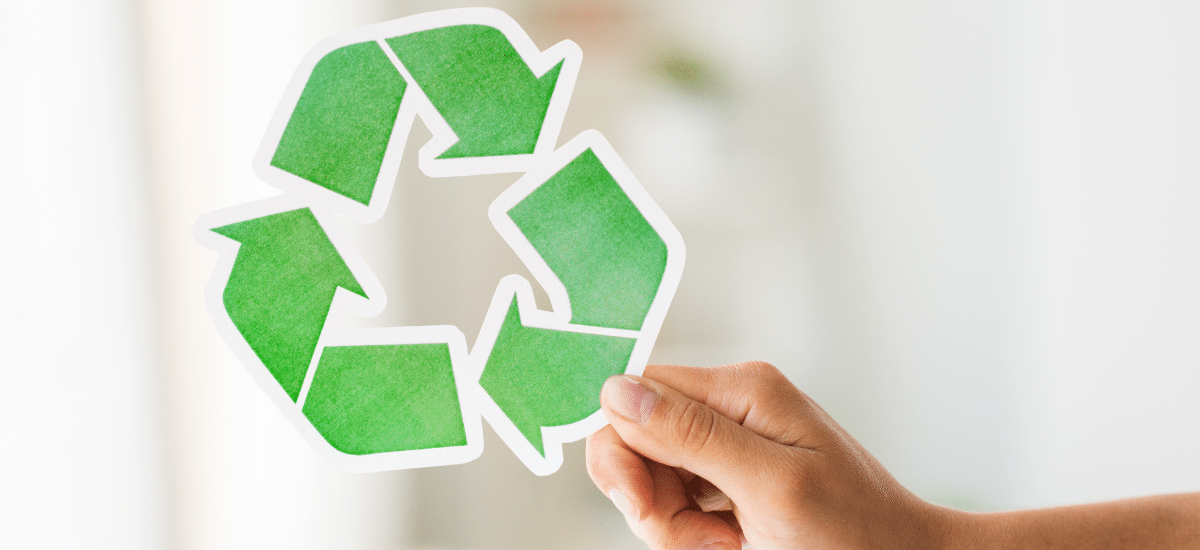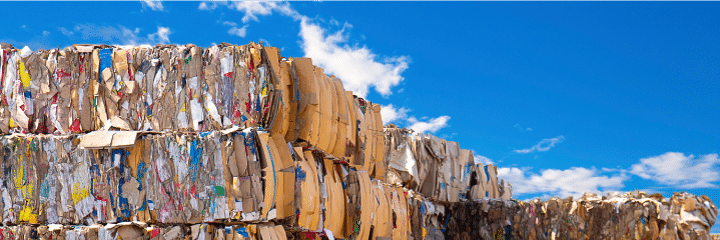
2025 National Packaging Targets
In 2018, the federal government, in conjunction with industry bodies like APCO (Australian Packaging Covenant Organisation) created the 2025 National Packaging Targets. These are summed up in four ambitious goals all packaging in Australia needs to meet by 2025.
These are:
- 100% reusable, recyclable or compostable packaging.
- 70% of plastic packaging being recycled or composted.
- 50% of average recycled content included in packaging.
- The phase out of problematic and unnecessary single-use plastics packaging.
Why are these targets important?
These targets require a complete and systemic change in the way Australia creates, collects, and recovers product packaging. Previously, most of our trash was sent offshore to be processed in countries like China and Vietnam, who repurposed a lot of it for manufacturing.
However, these countries no longer have any demand for this material. So, the Australian government has had to create national recycling system to service the entire country’s needs, almost from scratch.
The 2025 Targets provide a roadmap for creating this circular economy. However, they make it clear that all organisations or groups who use, sell, or create packaging as well as industry, government, community groups and academia will have a role to play if we are to ensure these targets are met. There is no silver bullet solution, instead the solution will require steady and ongoing collaboration across the packaging sector.

What do the targets do?
The targets establish that all packaging used or sold must at least be potentially recyclable by 2025. They are also a commitment from the government to a lot of Research and Development into finding better methods of recycling complex packaging and building the required infrastructure, to support the industry in achieving these goals.
Importantly, the targets create a framework around what is and isn’t considered recyclable, in Australia, based on current recycling capabilities. This feeds into the ARL (Australian Recycling Label), a triangular symbol which you will find on most products at the supermarket. It was created to provide unity and clarity for all labelling around recycling in Australia, so consumers can easily understand what is and isn’t recyclable, and what to with their waste.
Challenges:
The targets set for 2025 are large-scale and will take sincere effort from all parties involved to reach. APCO released their latest progress report in November 2021, for the 2019-20 year. This showed that progress towards the targets had significantly slowed during this period.
While this result is understandable, as many companies were grappling with far more pressing issues caused by the pandemic, the message this report paints is clear. For instance, the first goal (of 100% recyclability), is at 86% this year, down from 89% in the 2018-19 year. The second goal is also reduced to 16% from 18% in the 2018-19 year.
As stated by APCO CEO Brooke Donnelly, “the core message of this report is clear – if we are going to achieve the 2025 National Packaging Targets, we all need to do more and the time to act is now. We have seen fantastic progress so far towards the Targets, but we must accelerate our efforts if we are to be successful by 2025.”
Another challenge is the certain materials and types of packaging are harder to change then others. For instance, plastic has become a vital element of a lot of packaging, but can be very difficult to recycle, especially to a grade which makes it fully reusable. Food packaging is also difficult, as it is important to prioritise food safety and security over recyclability, which means finding materials which will do both is a serious challenge.
However, it is also a worthwhile challenge, and the positive is that having aspirational targets like these is encouraging the industry to innovate rapidly, and we are beginning to see revolutionary designs of packaging be created.
As stakeholders work to meet the 2025 targets, the APCO body is also continually updating the requirements to meet the targets to suit the changing situation in Australia.
The latest update is that the guidelines are being altered to mesh more closely with the CEFLEX recycling guidelines used in Europe, so we can move towards a more streamlined global standard for the treatment of waste.
Equipping the food industry to grow with food processing and packaging solutions
call 1300 88 99 51
email [email protected]
room 35 Shirley Way, Epping VIC 3076
room 9 Mcilwraith St, Wetherill Park NSW 2164
room 21 Hoyle Rd, Hope Valley WA 6165
room 27 Beal Street, Meadowbrook QLD 4131
room 7 Chadderton Bvd, Epping VIC 3076
room 22 Glassford Rd, Kewdale WA 6105
room 25 Hayton Road, Wigram, Christchurch 8042, NZ
Connect with us on LinkedIn
